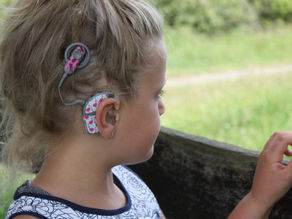top of page

NEWS
Loud Shirt Day 2024
Search


I can now hear the birds - Pamela Regal
This has significantly affected Pamela’s life at every level and has meant missing out on things that we all take for granted: occasions...


Shuaib’s journey at our Outreach Clinic
Shuaib was diagnosed with a profound hearing loss in both ears shortly after birth, and his cochlear implants were switched on when he...


Peter's story
Born in a small town in New Zealand, Peter Daniels has had his current hearing implant for nine years and says that they have changed his...


COVID-19 - Level 2 - The Hearing House Update
This is an update about the services that The Hearing House will provide at Alert Level 2. The situation may change so we will continue...


COVID-19 alert levels - An update from The Hearing House
We want to assure clients and families of The Hearing House that we are committed to keeping you safe and prepared. We will continue to...


#lockdownsound
We hope you and your family are safe and well in these unprecedented times. With schools and day cares closed, and the option of...
COVID-19 update from The Hearing House
As we prepare for the anticipated changes New Zealand will face with the spread of corona virus, we want to assure clients and families...


Save the date for Loud Shirt Day 2020!
GET LOUD THIS OCTOBER 23 Loud Shirt Day is back on 23 October this year. We are getting ready to get LOUD to help kids and adults with...


Auckland Airport - Twelve days of Christmas grant
We are incredibly proud to announce that Auckland Airport awarded The Hearing House as one of the recipients of the Twelve Days of...
bottom of page


